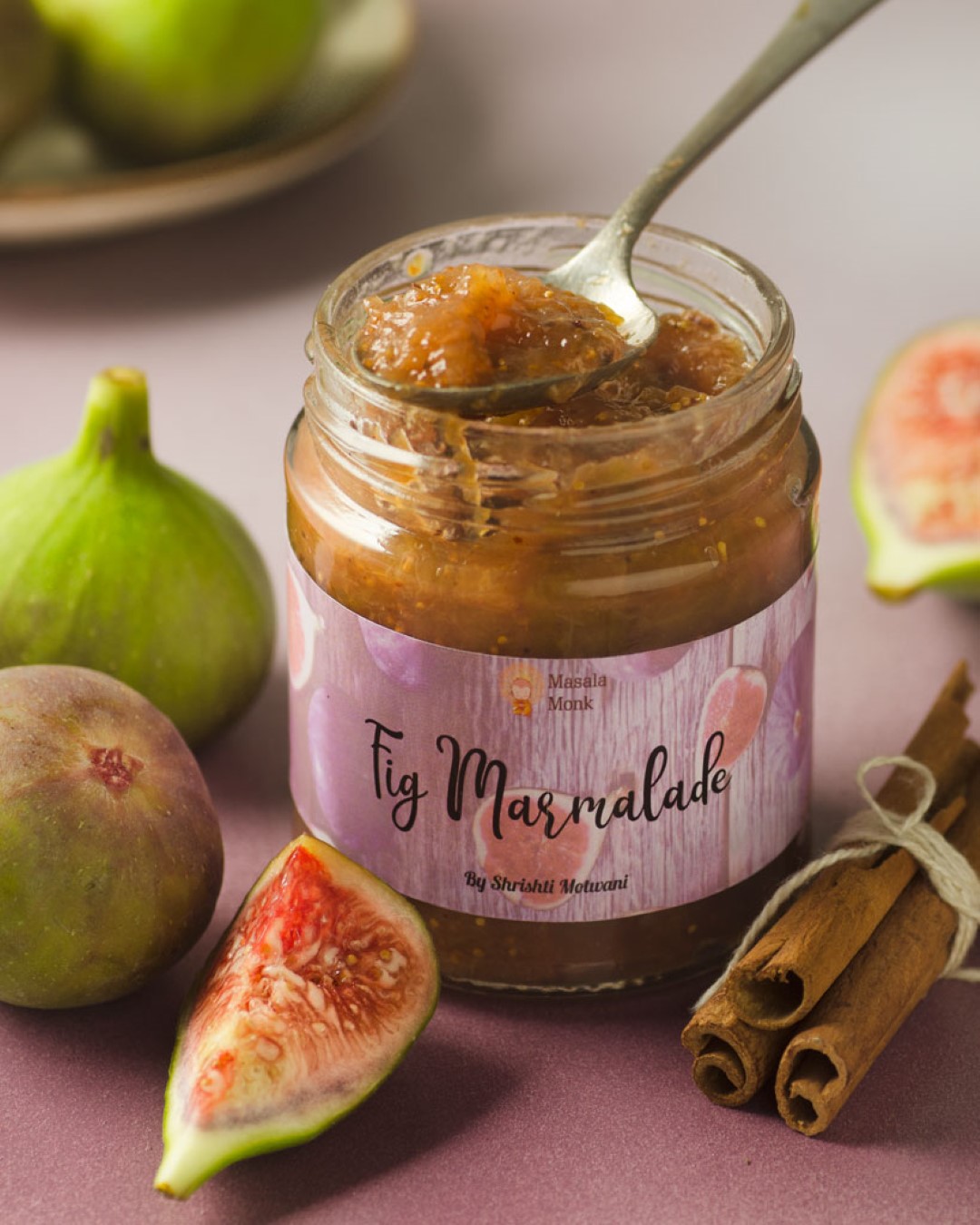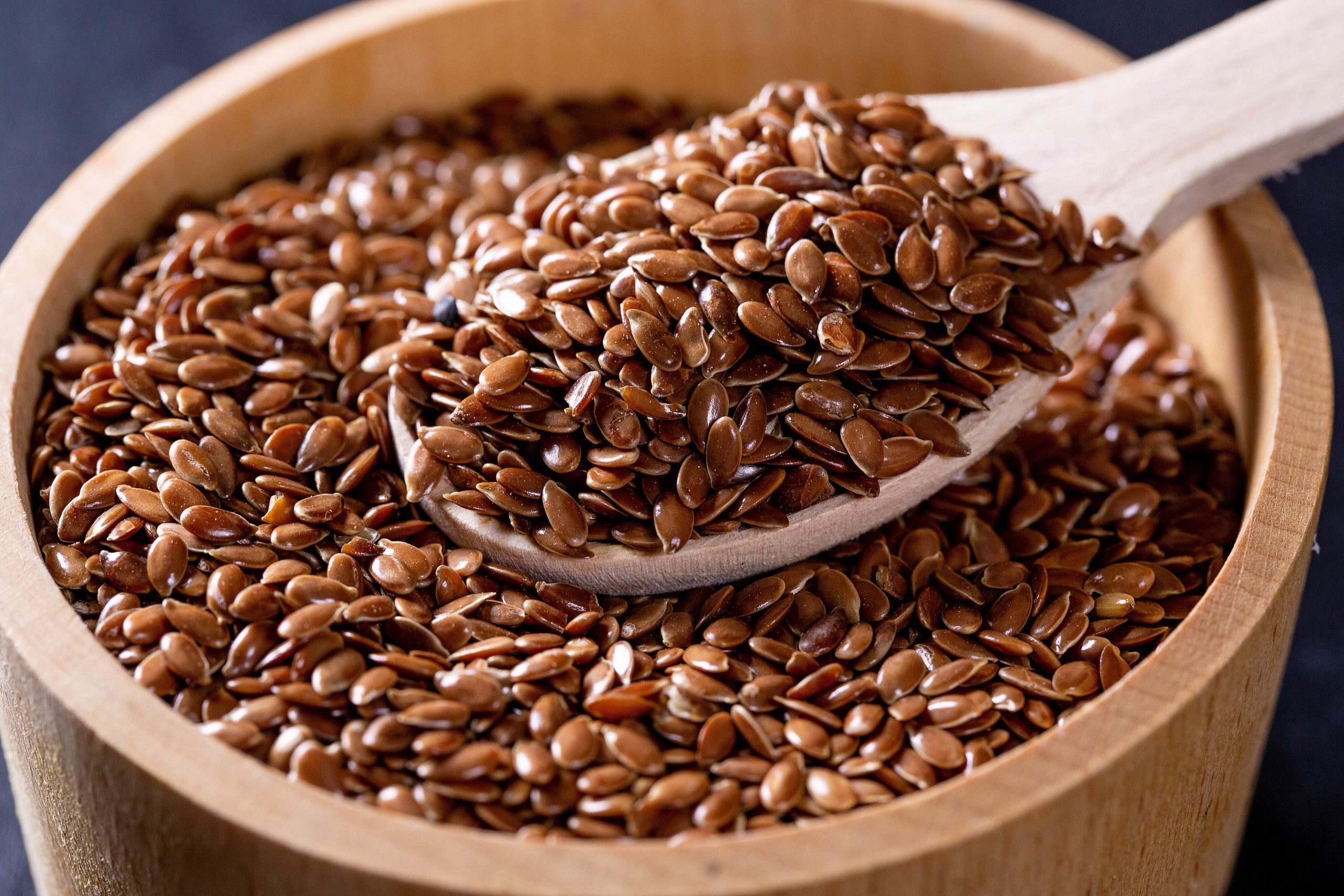
Introduction 🚀
Welcome to a journey where deliciousness meets weight loss goals! In this comprehensive and detailed blog post, we’ll delve into the extraordinary benefits of figs and provide you with creative and mouthwatering ideas to incorporate this remarkable fruit into your diet for effective weight loss. Get ready to savor the sweetness while shedding those extra pounds! 🌟🍈
Unearthing the Nutritional Goldmine: Figs 🌳🥇
Figs, whether enjoyed fresh or dried, are nutritional powerhouses that offer a wide range of health benefits. These delectable fruits are packed with dietary fiber, vitamins, minerals, and antioxidants, making them an excellent addition to a weight loss diet. Let’s explore their nutritional profile in more detail:
- Fiber-Rich Goodness: Figs are an exceptional source of dietary fiber. Just one medium-sized fig contains around 1.5 grams of fiber. Fiber plays a crucial role in weight management by promoting feelings of fullness, reducing appetite, and aiding digestion.
- Vitamins and Minerals Galore: Figs are rich in essential vitamins and minerals. They are a good source of potassium, a mineral necessary for maintaining healthy blood pressure levels. Figs also provide calcium, magnesium, and vitamin K, which are vital for bone health.
- Antioxidant Powerhouse: Figs contain powerful antioxidants, including phenols and flavonoids. These antioxidants help protect the body against free radicals, reduce inflammation, and support overall health. Inflammation reduction is particularly important for weight management, as chronic inflammation can contribute to weight gain.
Connecting the Dots: Figs and Weight Loss 🧩⚖️
Incorporating figs into your weight loss journey can be a smart and delicious choice. Let’s explore the ways figs can aid in weight loss:
- Fiber for Satiety: Figs are an excellent source of dietary fiber, which can help increase feelings of fullness and reduce hunger. The fiber content in figs slows down the digestion process, providing a sustained release of energy and keeping you satisfied for longer periods, ultimately reducing the likelihood of overeating.
- Stabilizing Blood Sugar Levels: Figs have a relatively low glycemic index, meaning they don’t cause a sharp spike in blood sugar levels. The combination of fiber and natural sugars in figs helps regulate blood glucose levels, providing a steady and sustained source of energy. This stability can prevent energy crashes and reduce cravings for sugary snacks, aiding in weight management.
- Nutrient Density: Figs are not only low in calories but also packed with essential nutrients. This makes them an ideal snack or addition to meals for those looking to lose weight. Enjoying figs allows you to satisfy your sweet tooth while providing your body with valuable vitamins, minerals, and antioxidants.
Incorporating Figs into Your Diet: Creative Ideas 🍽️🎨
Now, let’s explore some delightful and creative ways to include figs in your diet:
- Snack on Fresh Figs: Enjoy the natural sweetness of fresh figs as a standalone snack. Simply wash them, remove the stem, and savor their delectable flavor. You can also slice fresh figs and pair them with a serving of Greek yogurt or a handful of nuts for a balanced and satisfying snack.
- Dried Fig Energy Balls: Create your own nutritious and energy-boosting snack by blending dried figs with your choice of nuts (such as almonds, walnuts, or cashews), a spoonful of nut butter, and a touch of honey or maple syrup. Roll the mixture into small balls and refrigerate for a convenient grab-and-go snack.
- Fig and Goat Cheese Salad: Combine fresh figs, crisp greens (such as arugula or mixed salad greens), crumbled goat cheese, and a sprinkle of chopped nuts (such as walnuts or pecans). Drizzle with a light vinaigrette made with olive oil, balsamic vinegar, and a touch of honey for a refreshing and flavorful salad.
- Fig-Stuffed Chicken Breast: Elevate your chicken breast by creating a pocket and filling it with a mixture of chopped figs, goat cheese, and fresh herbs (such as thyme or rosemary). Bake until the chicken is cooked through and the filling is golden brown for a succulent and flavorful main course.
- Fig Smoothie: Blend fresh figs with your favorite fruits, a handful of leafy greens (such as spinach or kale), a source of protein (such as Greek yogurt or protein powder), and a liquid of your choice (such as almond milk or coconut water) to create a nutritious and satisfying smoothie. Experiment with different flavor combinations, such as fig and berry or fig and tropical fruit, to find your favorite blend.
Let’s Get Cooking: Tasty Fig Recipes 👩🍳🥘
To inspire your culinary adventures with figs, here are a few more mouthwatering recipes:
- Fig and Prosciutto Flatbread: Start with a whole wheat or gluten-free flatbread. Spread a thin layer of fig jam or fig preserves on the flatbread. Top with thinly sliced fresh figs, prosciutto or thinly sliced ham, crumbled goat cheese, and a sprinkle of fresh herbs (such as basil or arugula). Bake until crispy and golden, and finish with a drizzle of balsamic glaze for a gourmet and satisfying meal.
- Fig and Almond Overnight Oats: In a jar or container, combine rolled oats, almond milk (or any other milk of your choice), chopped dried figs, a spoonful of almond butter, a sprinkle of cinnamon, and a touch of honey or maple syrup for sweetness. Mix well, cover, and refrigerate overnight. In the morning, enjoy creamy and nutritious overnight oats, topped with additional fresh or dried figs, sliced almonds, and a drizzle of honey.
- Fig and Walnut Stuffed Portobello Mushrooms: Start by removing the stems from portobello mushrooms and gently cleaning the caps. In a bowl, mix together chopped fresh figs, crushed walnuts, breadcrumbs, grated Parmesan cheese, minced garlic, and a drizzle of olive oil. Season with salt, pepper, and dried herbs of your choice (such as oregano or thyme). Fill the mushroom caps with the fig and walnut mixture and place them on a baking sheet. Bake in a preheated oven at 375°F (190°C) for 15-20 minutes or until the mushrooms are tender and the filling is golden brown. Serve as a flavorful and satisfying vegetarian main course or as a side dish.
- Fig and Goat Cheese Stuffed Turkey Burgers: In a bowl, mix ground turkey with chopped fresh figs, crumbled goat cheese, minced garlic, finely chopped onion, a dash of Worcestershire sauce, and a sprinkle of dried herbs (such as sage or thyme). Form the mixture into patties and cook on a grill or stovetop until cooked through. Serve the turkey burgers on whole grain buns, topped with additional fresh figs, arugula, and a dollop of tangy goat cheese.
Conclusion 🏁
Figs are not only delicious but also offer a myriad of benefits when it comes to weight loss. By incorporating these versatile fruits into your diet, you can enjoy their natural sweetness, fiber content, and array of nutrients while working towards your weight loss goals. Get creative in the kitchen, explore different recipes, and enjoy the journey to a healthier and happier you with the help of figs! 🍽️🍈
Disclaimer: This blog post is intended for informational purposes only and should not replace professional medical advice. Consult with a healthcare professional or registered dietitian before making any significant changes to your diet or weight loss plan.











